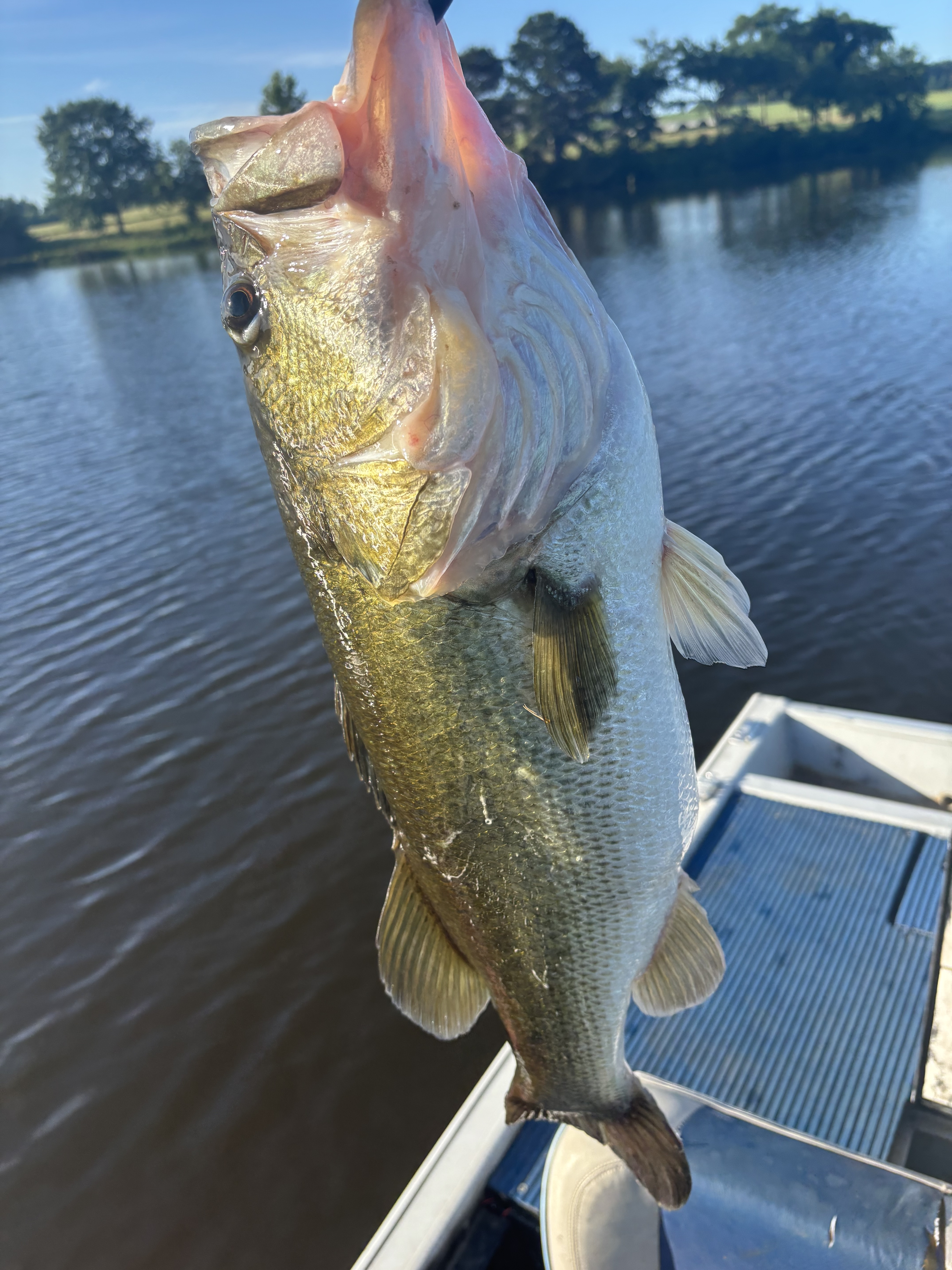First Aid: Proper techniques needed for bass caught in the summer
Published 10:52 pm Friday, July 18, 2025
By Texas weather standards this has not been a bad summer so far. While there have been days it has felt like 100 degrees, the thermometer really has not flirted with the century mark yet.
Being Texas, however, it is going to get a lot hotter in the coming days. As hard as the temperature is on fishermen, hooking mortality in bass becomes an issue as the water temperatures rise.
“Even with catch-and-release fishing mortality is a factor year-round. At some times of the year, most obviously in the heat of the summer, you can catch fish, handle them perfectly and get them back in the water as quickly as possible and you are still going to lose some of those fish, especially out of deeper water,” said Jake Norman, Texas Parks and Wildlife Department Inland Fisheries district biologist from Tyler.
Trending
Norman added this does not mean that fishermen should not fish in the summer, because the loss of fish, whether through legal harvest or some type of mortality, is something that is factored into the management and limits across the state.
While there is no such thing as a surefire way to eliminate hooking mortality, including night fishing, there are best practices that can help reduce the stress on the fish. That begins the minute a fish is hooked.
“You never want to play a fish to exhaustion if you can help it,” Norman noted.
In the old days of crankbait fishing or fishing with a Texas-rigged worm, that was not so much an issue. Today’s fishermen incorporate a lot of newer techniques using lighter lines and baits that require more finesse and time getting the fish alongside the boat.
The biologist said the downside to this is that a fish can build up more lactic acid the longer it is played to the point it becomes toxic.
After getting the fish to the boat it becomes important to land it, and a good quality smooth rubber net is the best option.
Trending
“You can leave it in the net, get it unhooked, and if it is picture quality, after you unhooked and take a picture, then get it back in the water,” Norman said.
The bass should not be out of the water for more than a minute.
Fishermen can help prevent fungus and disease on the fish by wetting their hands before handling the fish to protect its protective slimy film outercoat.
Keeping the bass in the net also protects the fish from being dropped onto the carpet, something else that can remove the slimy coat. Also, during release gently drop the bass back into the water from a level below the boat’s gunnels to prevent further injury.
How a fish is hooked is also a factor. If the bass is hooked in the lip, it is not an issue. If it is deeper hooked, Norman said with care the hook can still be removed, and the fish will be fine.
“The best practice is going through the gills. It is amazing how good you can get the hook out if you go through the second or third gill plate and twist 180 degrees. Most of the time it will come out with no damage,” he said.
If a fish begins bleeding from the hook set or removal, Norman said there is a good chance it could still survive because bass have good clotting agents that will stop the bleeding quickly once back in the water.
If the hook is even deeper, Norman said the best plan may be cut your line and if possible, keep the fish because honestly it is most likely going to die.
While most Texas lakes are not deep enough to cause a bass being pulled to the surface to suffer a hyperinflated air bladder, it can happen and occur for fish hooked anywhere from mid-depths to the deepest levels. The best option there is something called fizzing (https://www.youtube.com/watch?v=pEeQrsHcwf8) where a needle is inserted into the bladder to release the built-up air, but it has to be done quickly and even then may or may not be successful.
Although better than they were, livewells still are limited in their function.
“If keeping fish or holding for a tournament, ice is an absolute must in hot weather. If the water temperature is 75 or 80 degrees you want to regulate it with ice, and oxygen is just as big a factor,” Norman said.
For fishing a day tournament, he recommends filling the livewell after immediately getting on the water because that will be as cool as the water is going to be. When using ice, it is best not to dump the entire bag in, but to use enough to maintain a water temperature not more than 10 degrees cooler than the ambient temperature to keep the fish from going into shock.
While most fishermen will not go to this level, Norman said the best method of introducing oxygen into the livewell is through an external tank and hose. However, he added oxygen saturation at less than 8 ppm can be dangerous to bass, and below 4 can be deadly.
Norman gives one other tip and that is to not use the commonly seen practice of holding a fish in the water and swimming it forward and backwards to revive it. He said fish gills act as a one-way street when taking in water, and that pushing them forward and backwards causes problems.
“There is nothing you can do to guarantee a bass is going to survive, but there is a lot you can do to increase the chances,” Norman said.
— Contact Steve Knight at outdoor@tylerpaper.com







